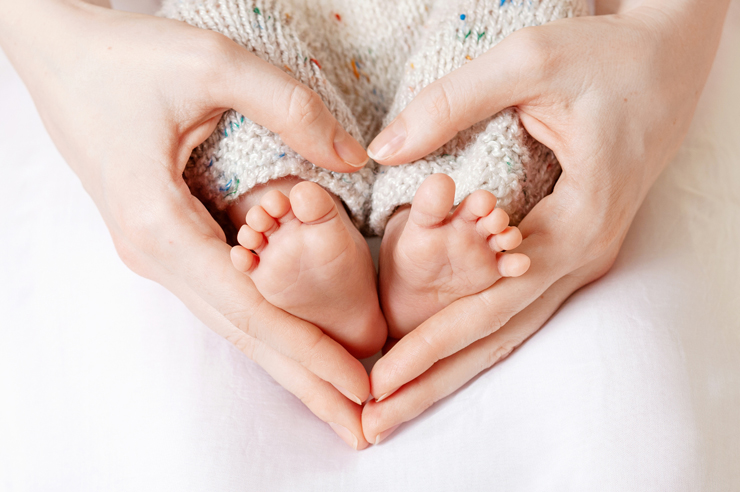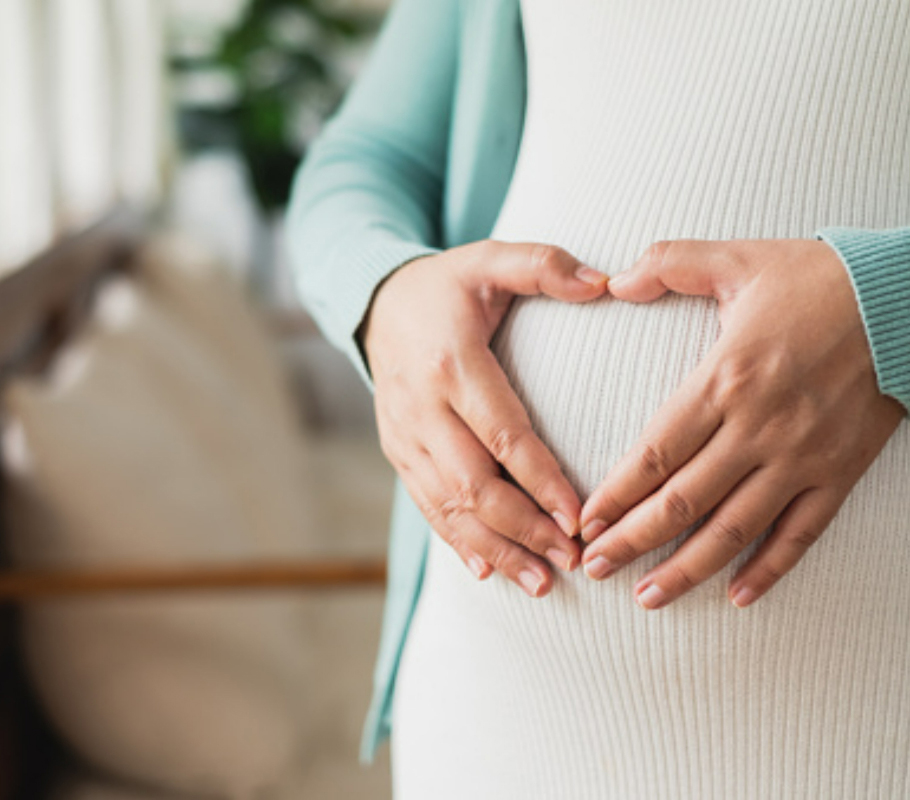Intrauterine Insemination (IUI)
- Home
- Intrauterine Insemination (IUI)


Intrauterine Insemination (IUI)
Intrauterine insemination, or IUI, is an assisted reproductive technology (ART) procedure intended to aid couples who are having difficulty conceiving. The treatment involves injecting sperm from the husband or a donor directly into the female partner’s uterus. Artificial Insemination is another name for IUI.
Who is recommended for IUI?
Sexual disorders
For couples whose male spouse has been diagnosed with infertility-related issues such as low sperm count, sperm shape and movement abnormalities, or erectile dysfunction, IUI is considered the best treatment choice. In an IUI technique, a doctor injects sperm from a male straight into a woman’s uterus to assist her in becoming pregnant. IUI aims to increase the chances of pregnancy by overcoming some causes of infertility and injecting sperm into mature eggs during ovulation.
Ovulation Disorders
Women with ovulation disorders and issues like unexplained infertility should consider IUI. Initially, a patient is given ovarian stimulation medications to aid in the enhancement and improvement of a woman’s fertility, which may not be achievable without medication.




Inhospitable cervical conditions
By directly depositing sperm into the uterus, IUI aids in the treatment of reproductive health conditions caused by cervical stenosis or anomalies. A thicker cervix might make it difficult for sperm to access the egg, lowering the odds of fertilization. IUI works by bypassing the cervix and depositing sperm straight into the uterus, thereby boosting the amount of sperm accessible to meet the awaiting egg. If you are unable to conceive, you may attempt IUI once more before going on to other fertility therapies.
Grade I endometriosis with patent tubes
By directly depositing sperm into the uterus, IUI aids in the treatment of reproductive health conditions caused by cervical stenosis or anomalies. A thicker cervix might make it difficult for sperm to access the egg, lowering the odds of fertilization. IUI works by bypassing the cervix and depositing sperm straight into the uterus, thereby boosting the amount of sperm accessible to meet the awaiting egg. If you are unable to conceive, you may attempt IUI once more before going on to other fertility therapies.




Age of the female partner
When prescribing IUI treatment to a patient, age is a key element to consider. Because fertility medicines are used to increase egg production before the treatment, top fertility experts consider IUI to be a first-line treatment for age-related infertility. Higher age, on the other hand, can have a detrimental impact on the success of IUI. IUI success rates are lower in people over the age of 40, according to research. It’s only natural that as a woman gets older, she has fewer eggs.
Male factor subfertility such as low sperm count and motility
Infertility instances with male subfertility can potentially benefit from IUI treatment. Male infertility is treated with IUI, which has a high success rate. Erectile dysfunction, low sex drive, and retrograde ejaculation are some of the most frequent male infertility difficulties. By inserting the sperm directly in the woman’s uterus, IUI makes it an easy process. IUI offers the sperm a head start in reaching the egg for fertilisation by bypassing the vaginal and cervix.


Prior to the actual ‘IUI procedure,’ intrauterine insemination is divided into a number of steps. These steps are as follows:
IUI Process
01
Counseling and Treatment
IUI treatment can be physically and emotionally draining for a couple. Couples that seek counselling from Crysta Counselors gain a better understanding of the therapeutic process.
02
Stimulation and Monitoring
The female partner is given medicine on day 2 of the menstrual cycle to encourage the growth of follicles in the ovary. The stimulation continues until day 6 or until the doctor determines it is no longer necessary.
03
The Ovulation Cycle Is Being Monitored
From day 9 through day 12 or 13, stimulation causes the production of follicles, which must be monitored for growth and size. The professional determines the scan interval based on the requirements.
04
Trigger for ovulation
On day 12, after the follicles have grown to the desired size, the female partner is given an hCG injection to induce ovulation. Ovulation happens 36 hours after the trigger is triggered.
05
IUI
On day 13, a scan is done to check whether ovulation has taken place. In case the ovulation has occurred, the IUI is scheduled for the same day or on day 14.
IUI Success Rate
An IUI procedure’s success is determined by a number of factors, including the age of the couples, the type of fertility problem, and any pre-existing medical disorders. IUI, on the other hand, has a success rate of roughly 10-20% in most circumstances, and even with some pre-existing issues, it can achieve an 8-16% success rate with optimal fertility treatment.
- Moderate to severe Endometriosis
- Poor sperm count and motility
- Severe damage to fallopian tubes
IUI may not be successful in such instances, and the couple is advised to pursue IVF treatment for the best results.
IUI is a reasonably safe technique with few hazards, which are listed below:
Risks associated with IUI
Infection
During the IUI procedure, there is a small chance of getting an infection. While inseminating sperm into the uterus with a catheter, there is a potential that vaginal germs will be transported to the uterus. However, such infections are extremely rare, accounting for only around 0.3 percent of all cases. The rate of infection at the IVF center is reduced by proper sterilization.
Blood Spotting
The introduction of the catheter into the uterus may cause a little quantity of vaginal bleeding during the IUI procedure. It occurs when the uterus’s cervical and vaginal tissues are inflamed by the catheter’s insertion. This does not, however, have a major negative impact on the chances of conception.
Multiple Pregnancy
Multiple pregnancies are not a risk of the IUI technique itself. However, when used in conjunction with ovulation induction medication, there is a substantial risk of multiple pregnancies. Ovulation induction can sometimes result in the release of two or more mature eggs, which can lead to multiple pregnancies.
Ovarian Hyperstimulation Syndrome
Fertility medicine used to prepare for an IUI procedure might sometimes cause the ovaries to become overstimulated. Many ova (eggs) are stimulated to mature and be discharged at the same time in such instances. Expansion of the ovaries, cramping, and fluid build-up in the abdomen are common side effects of hyperstimulation.
Enquiry Now


